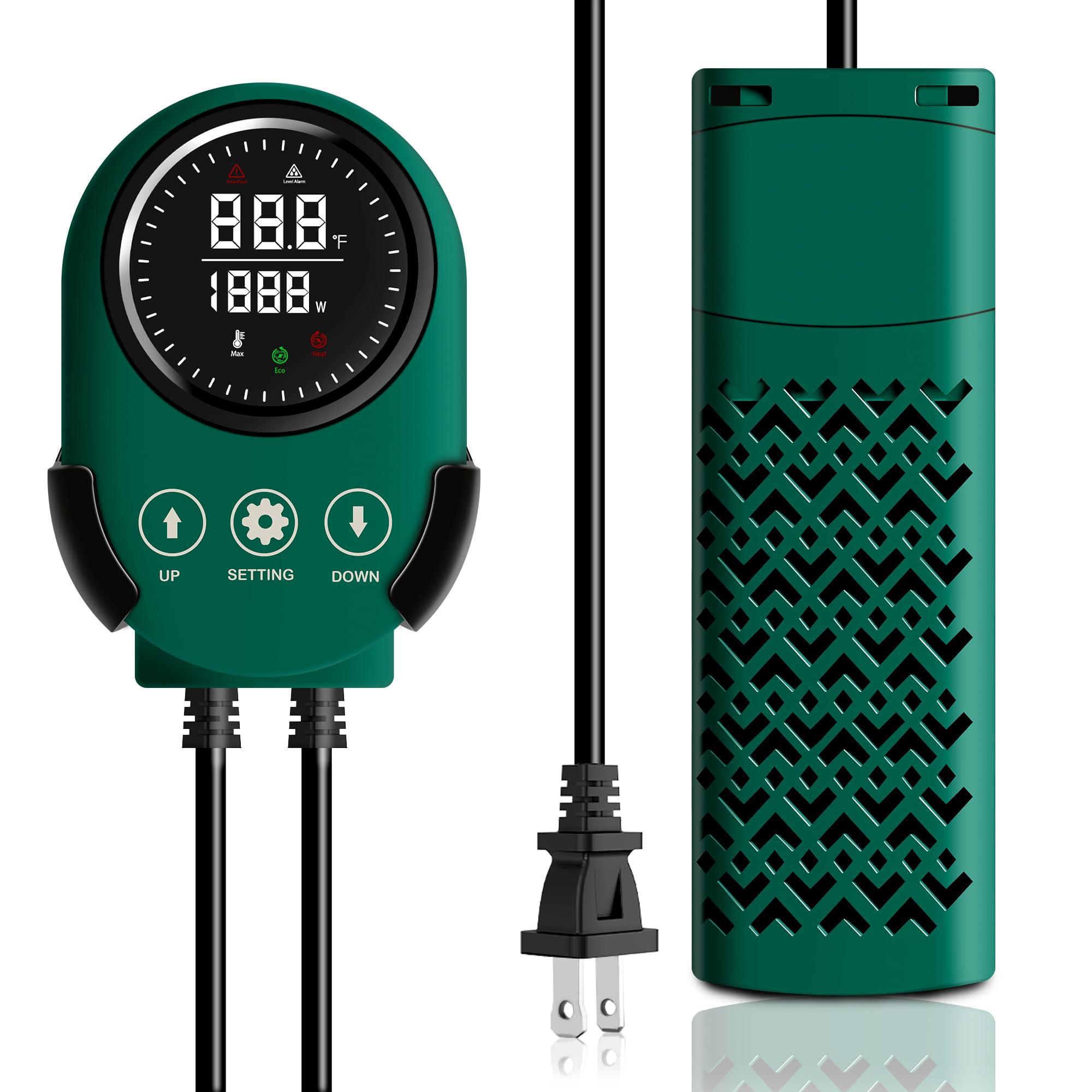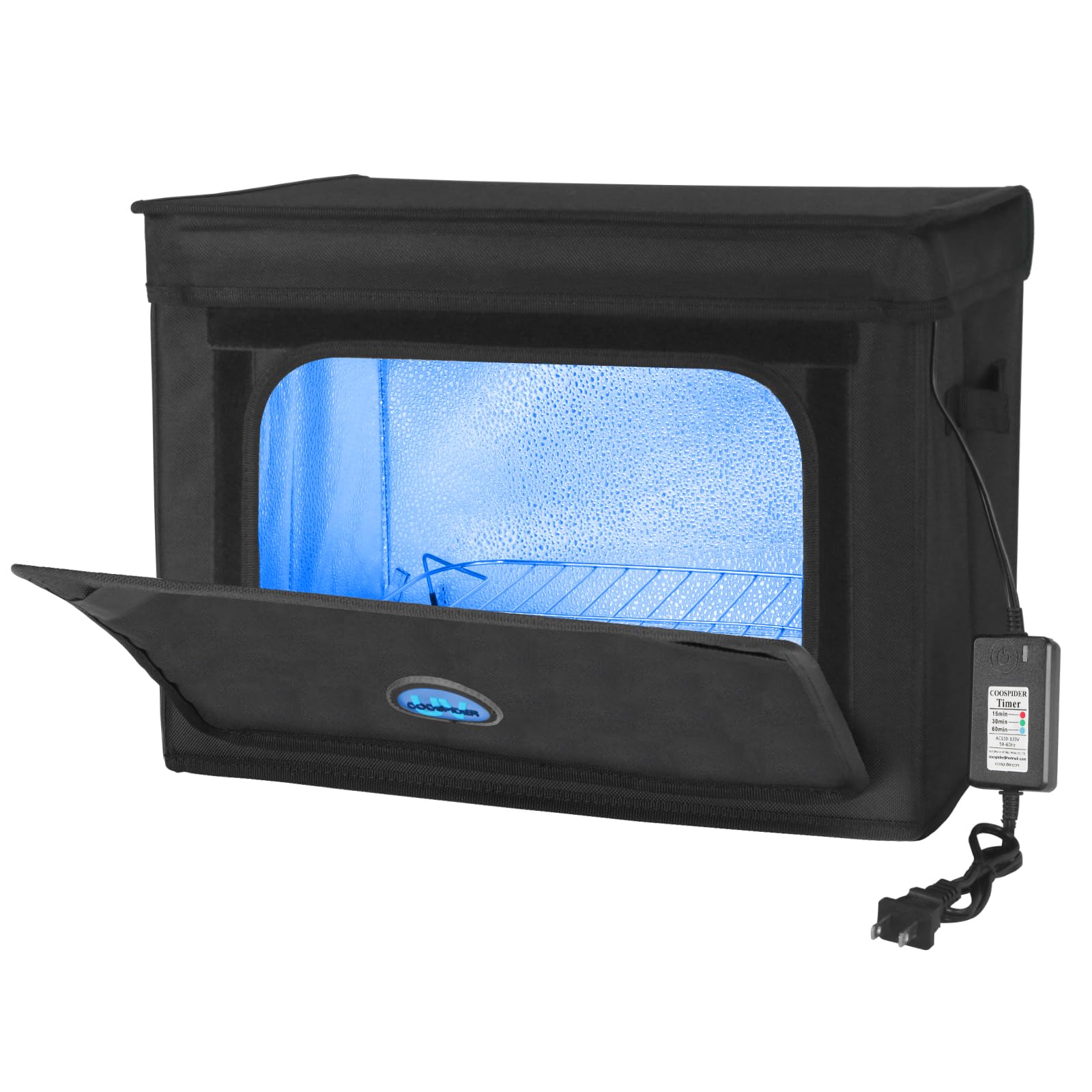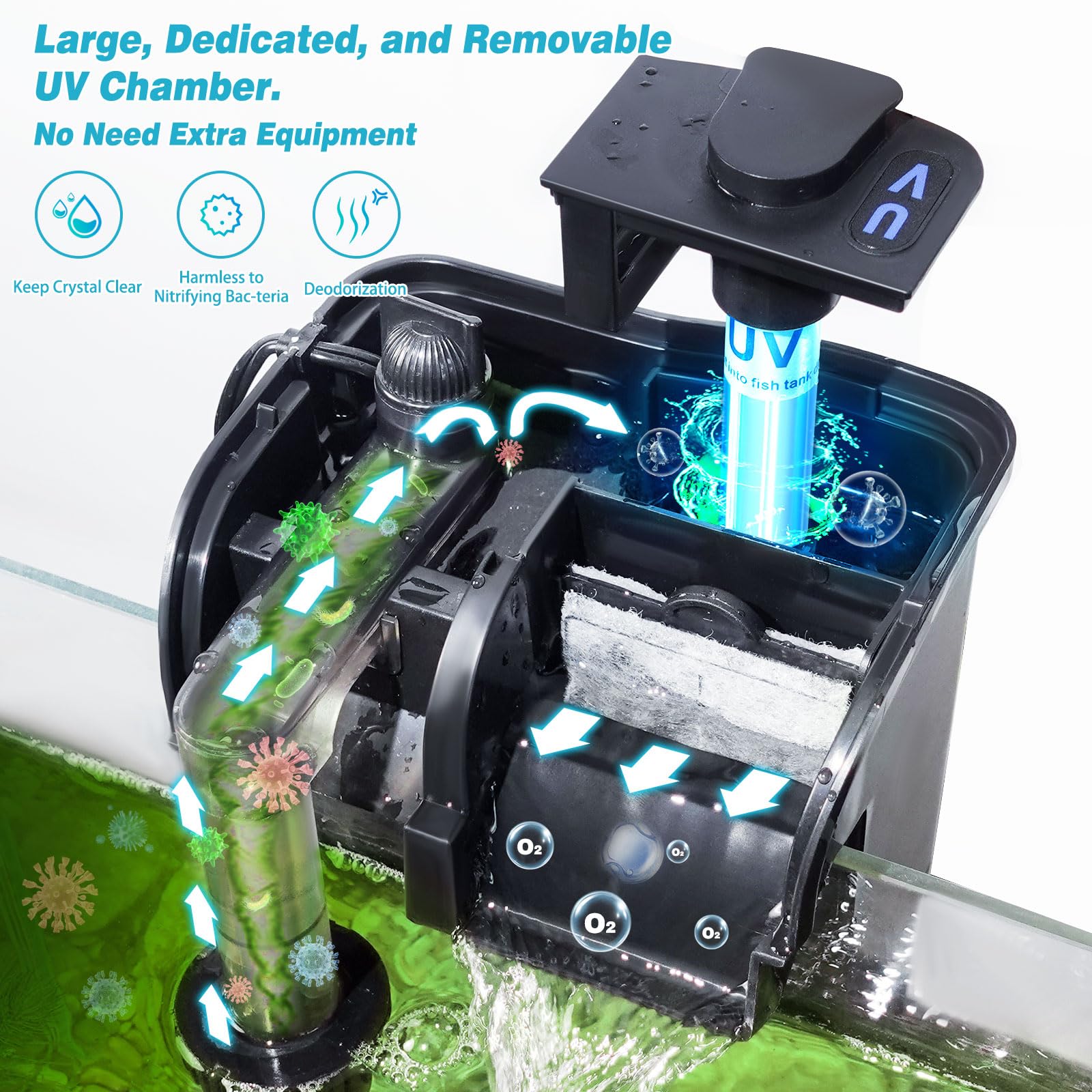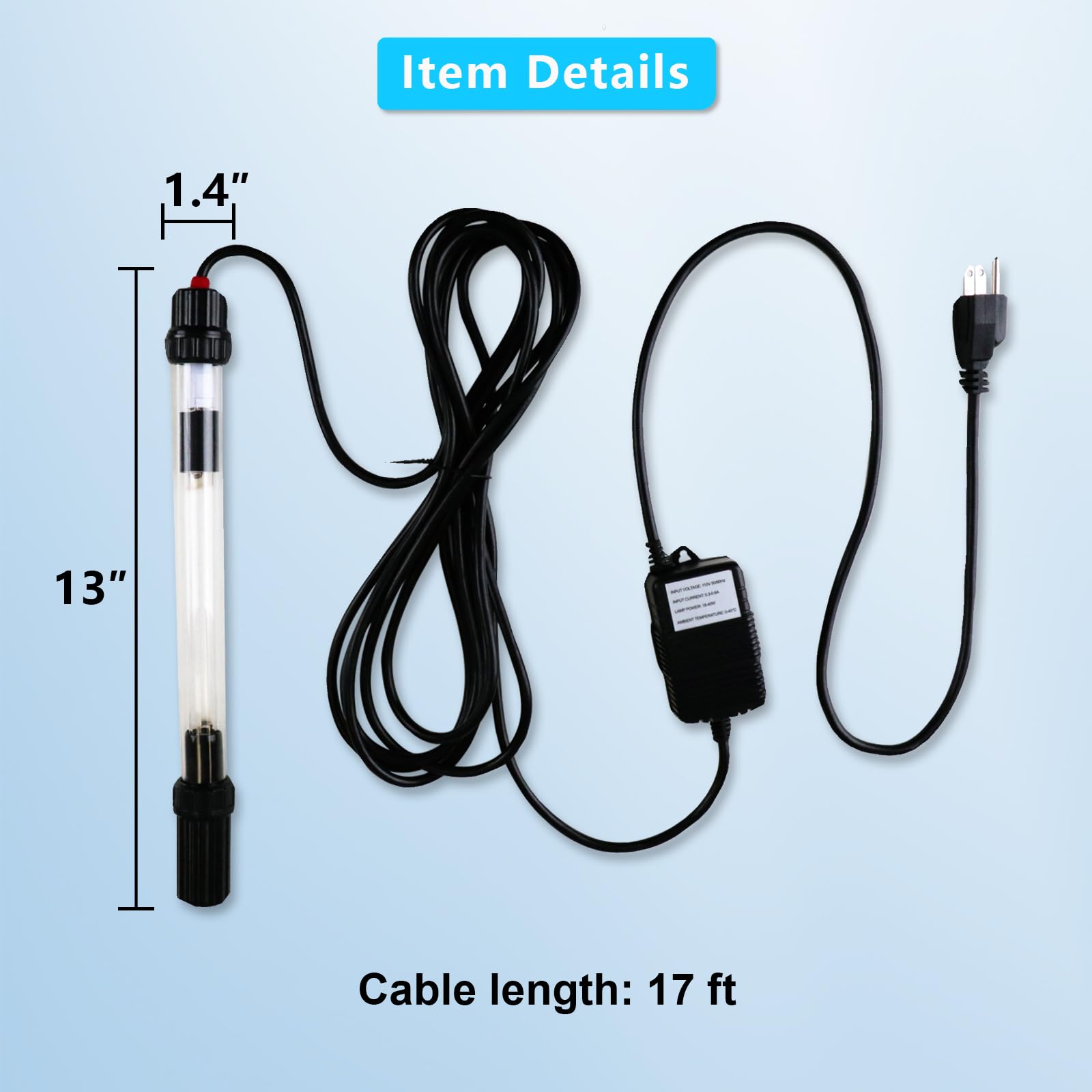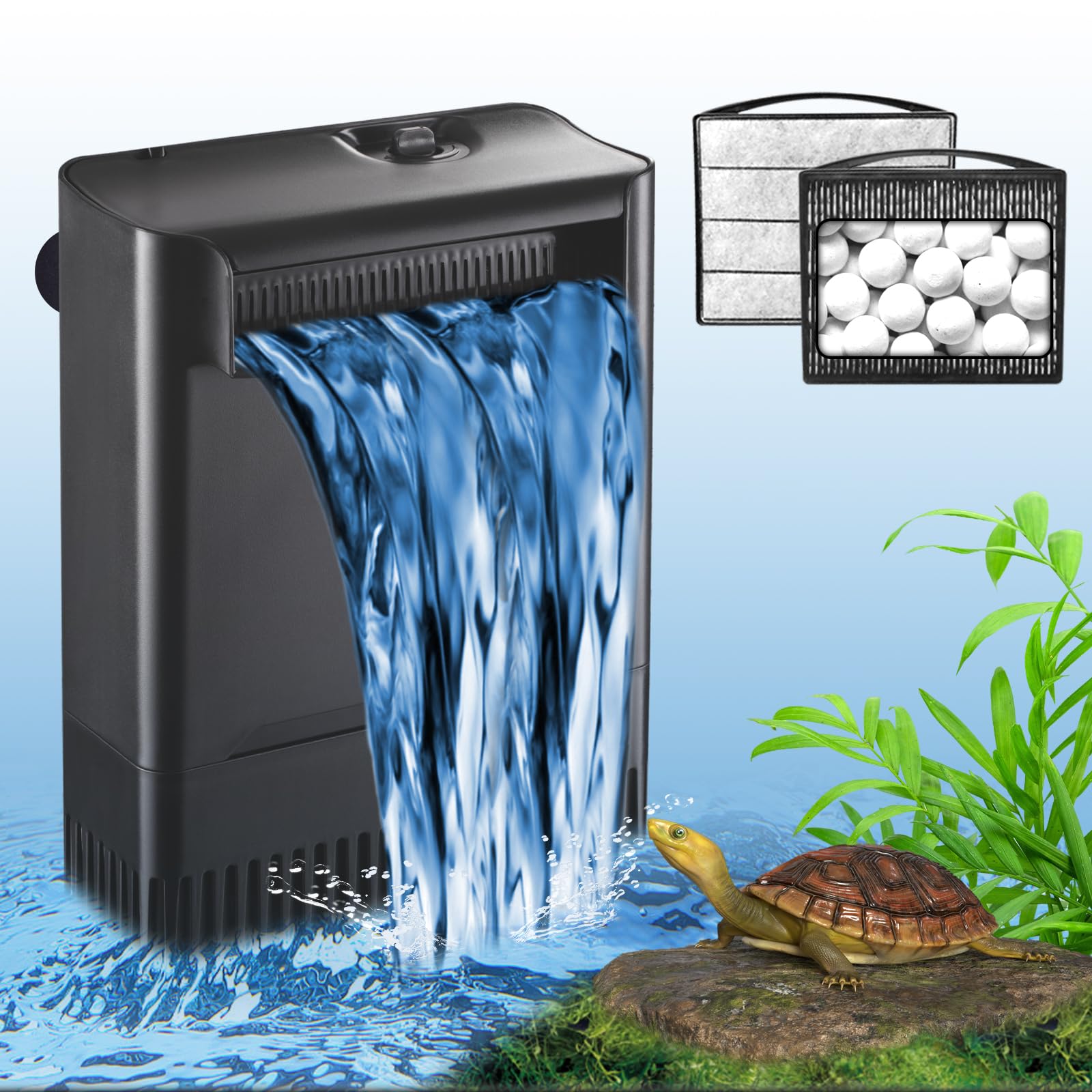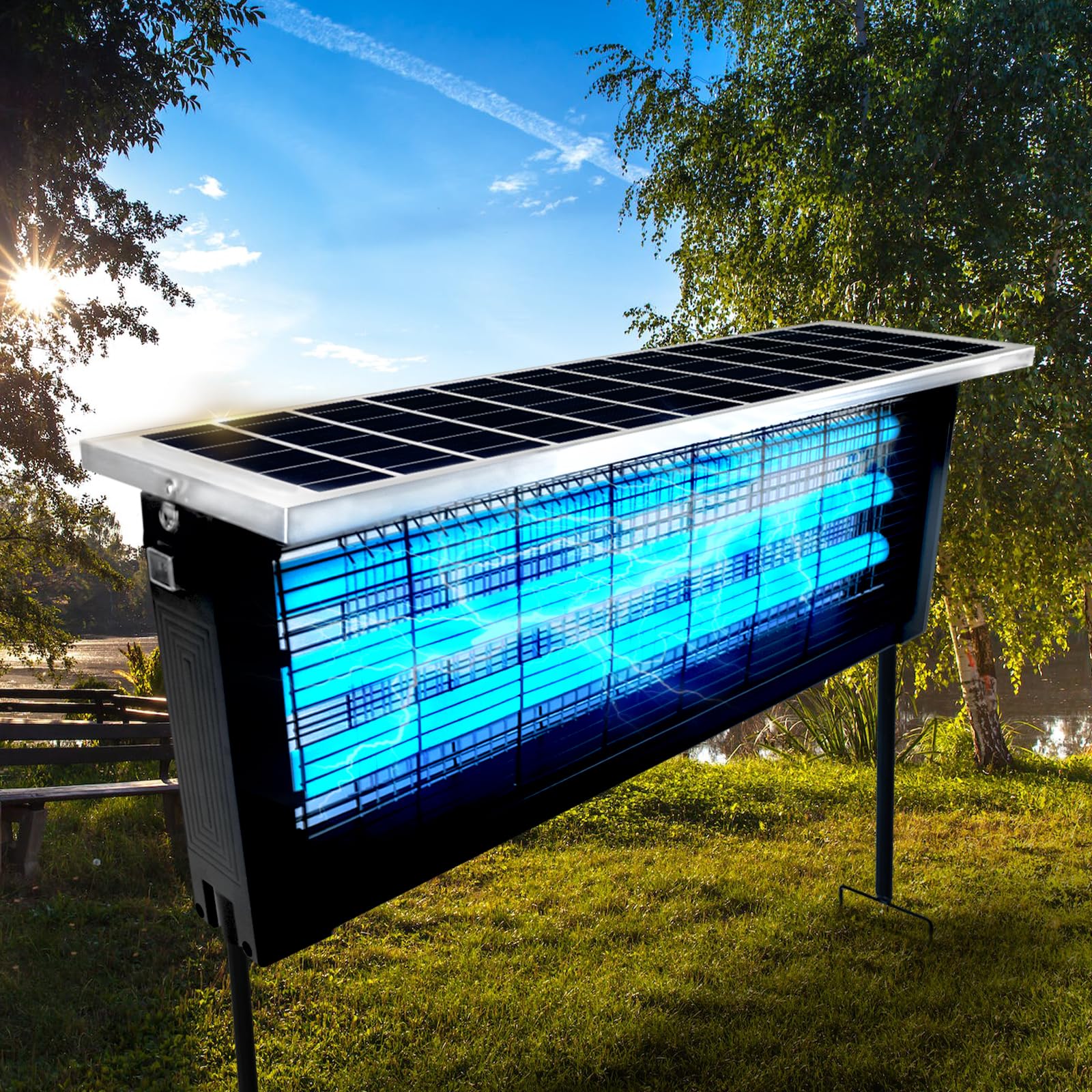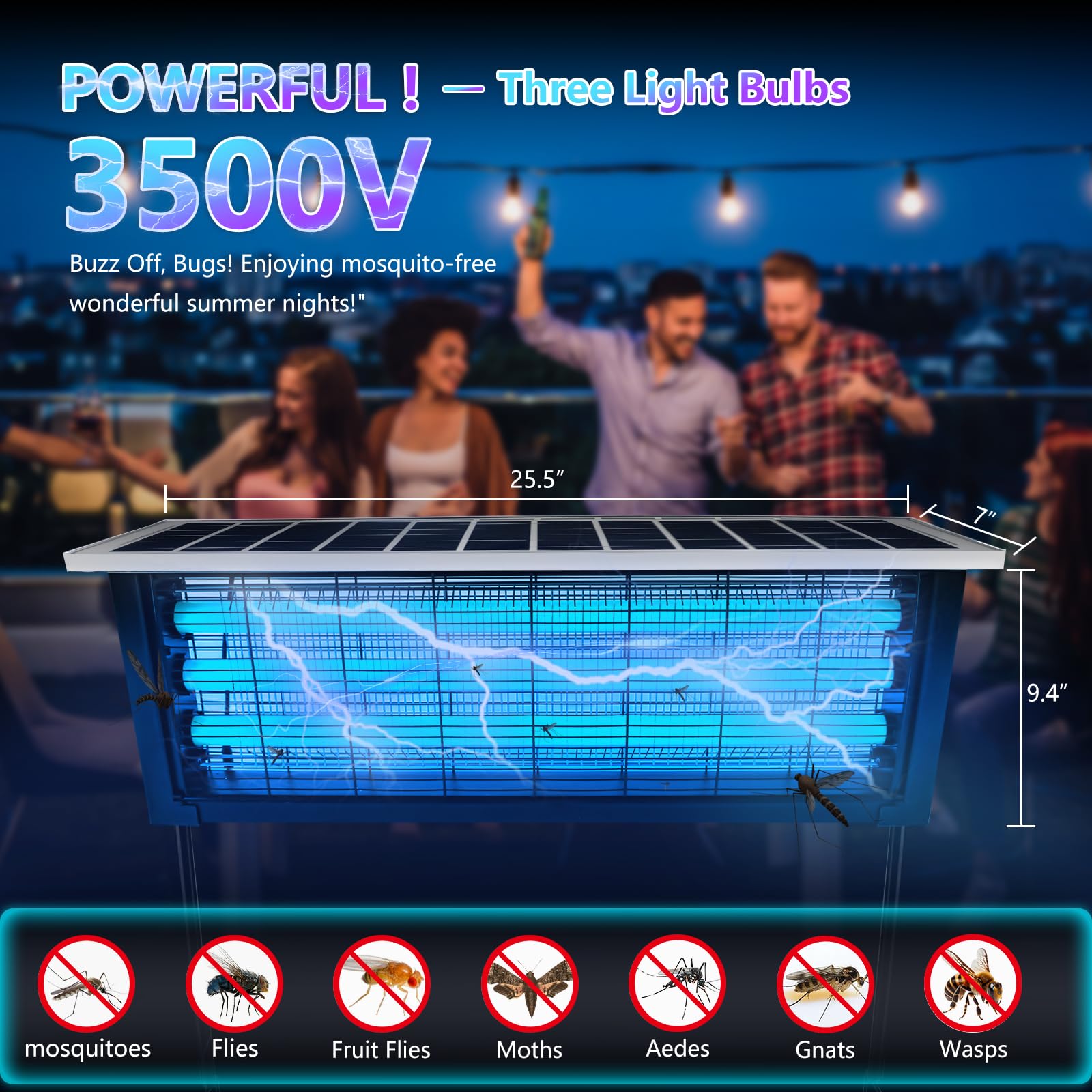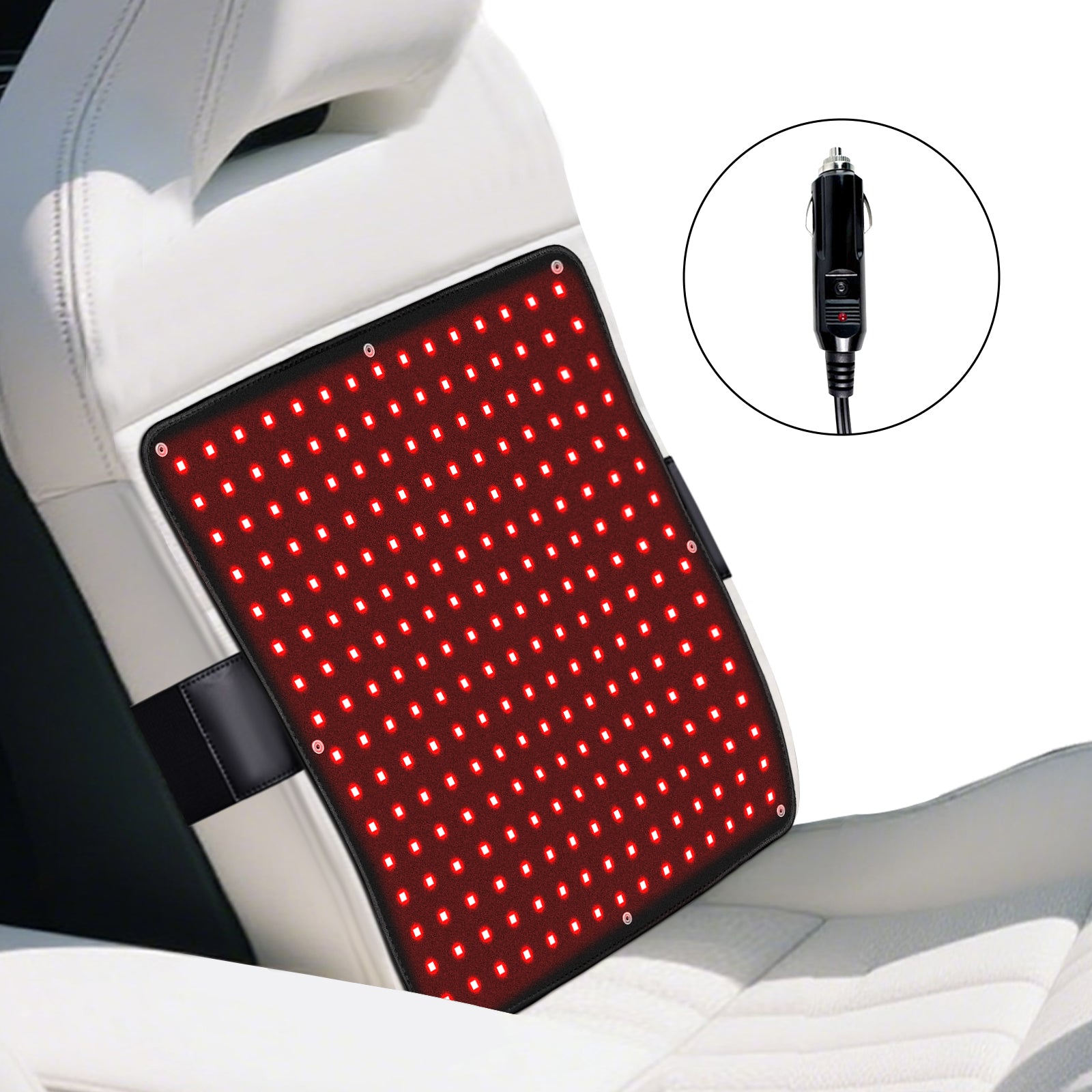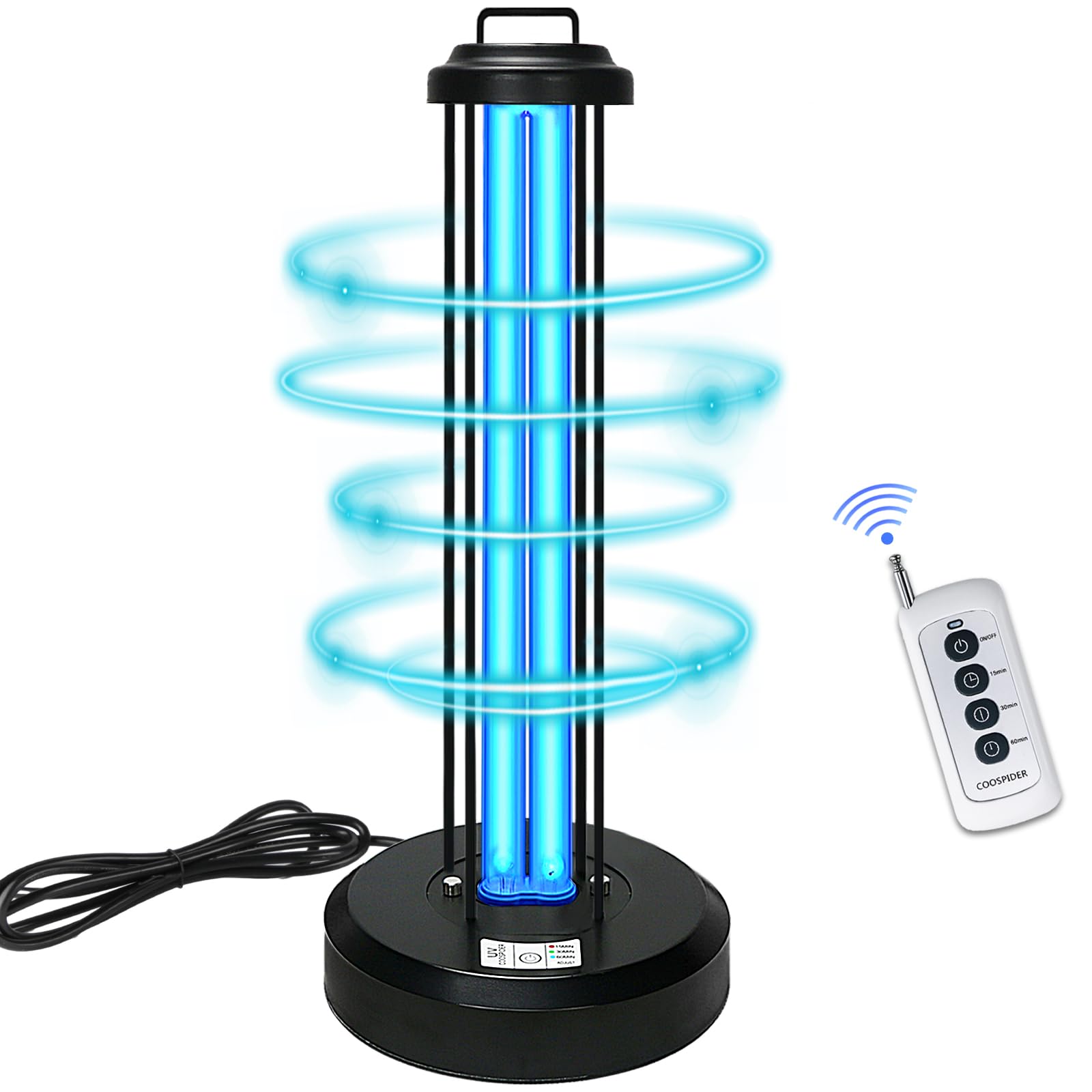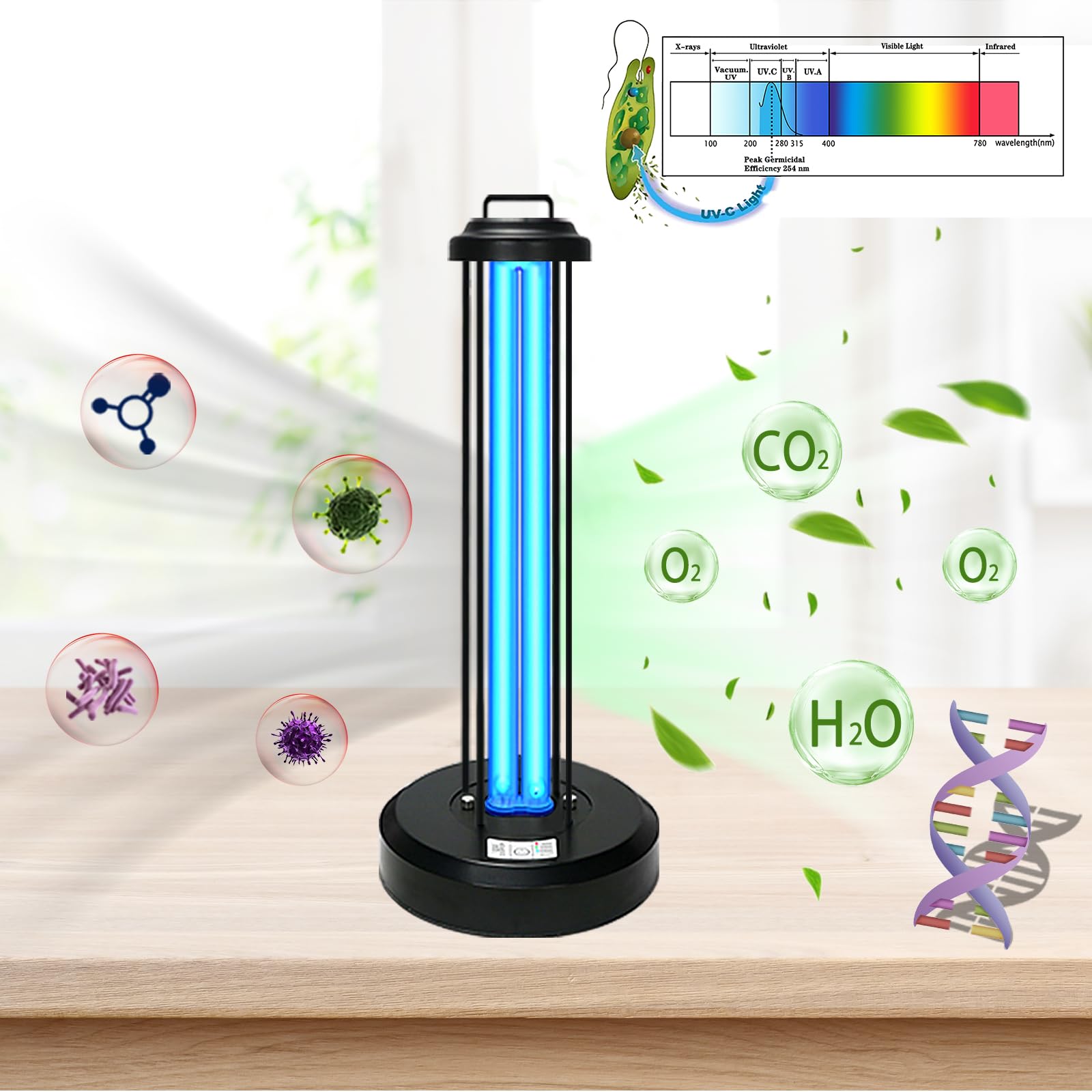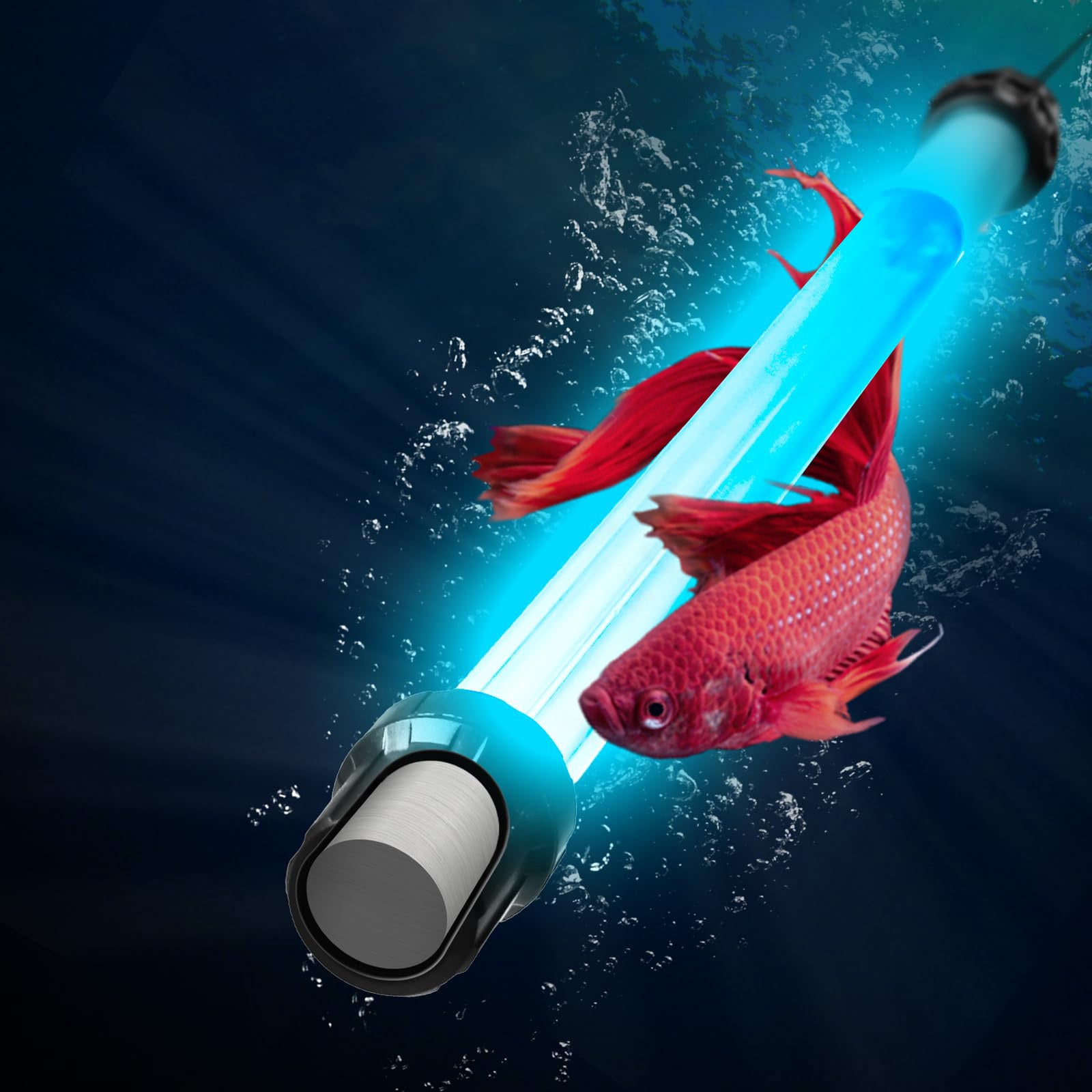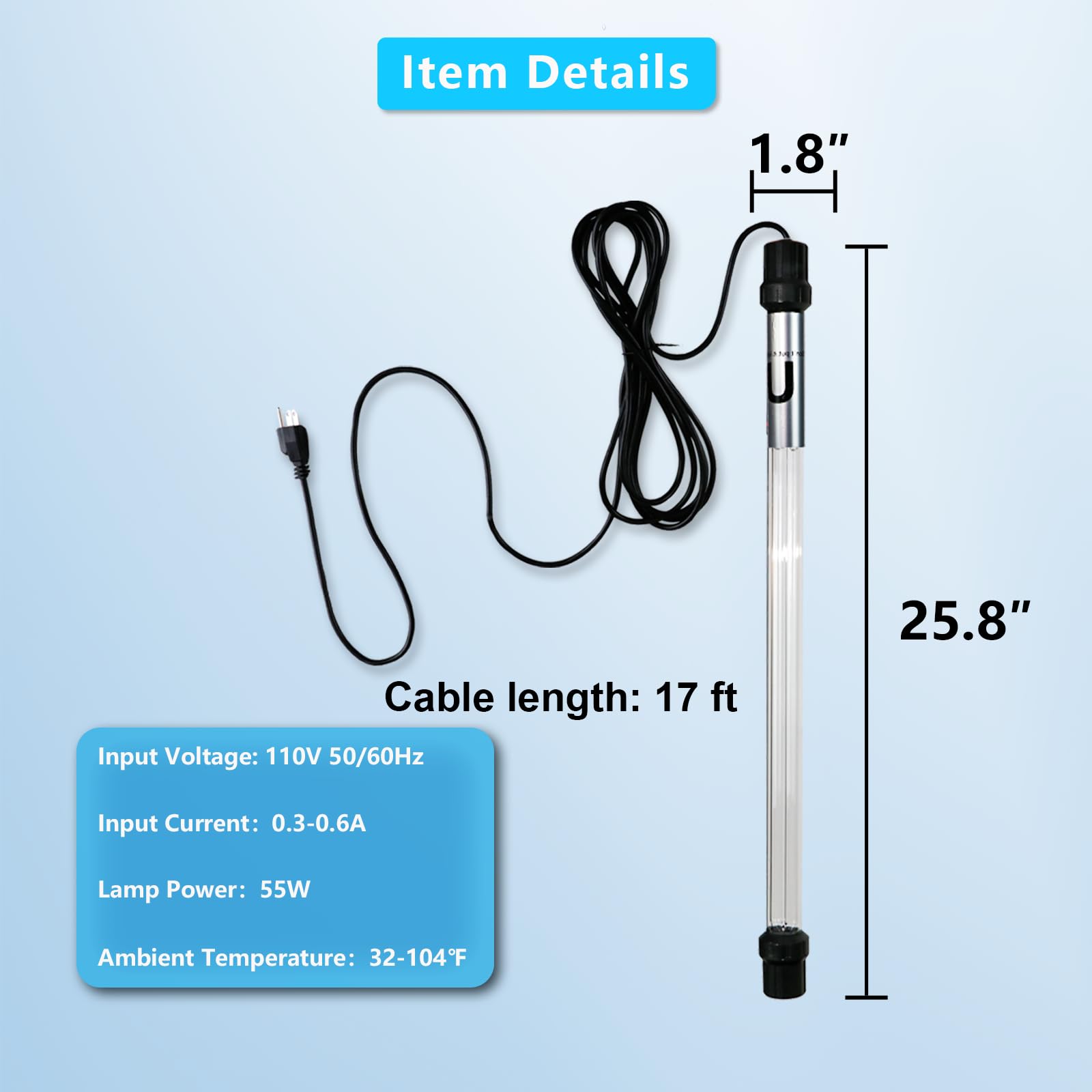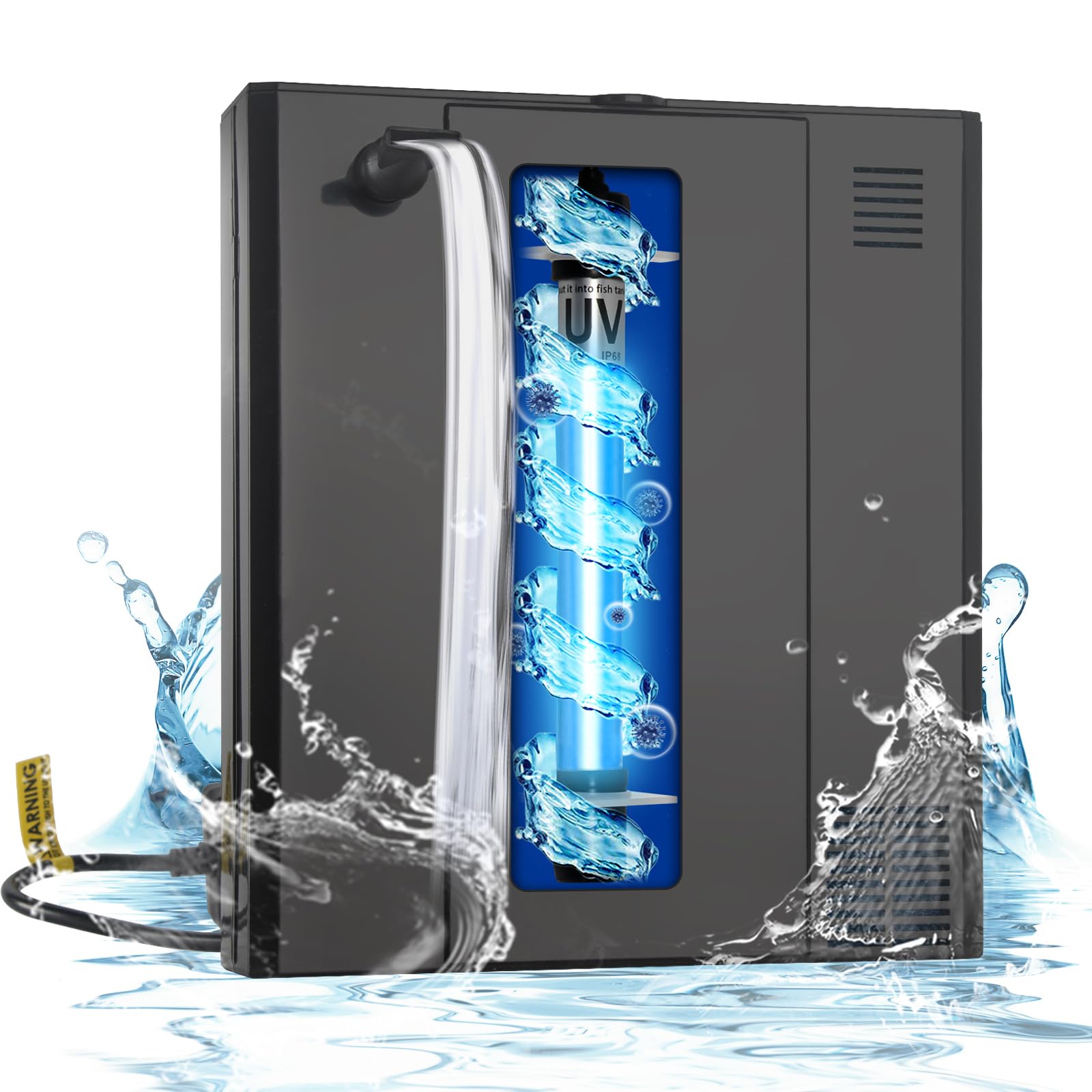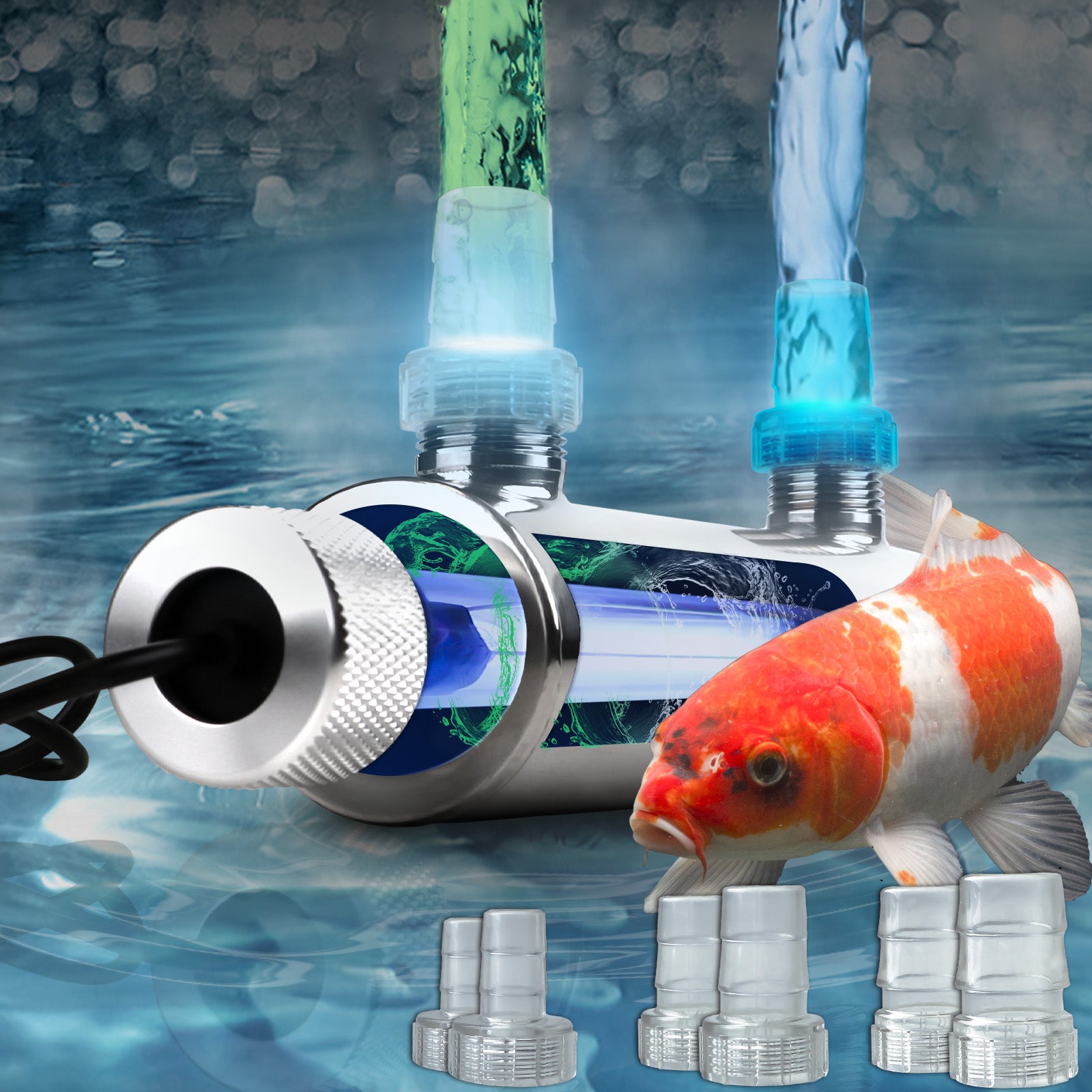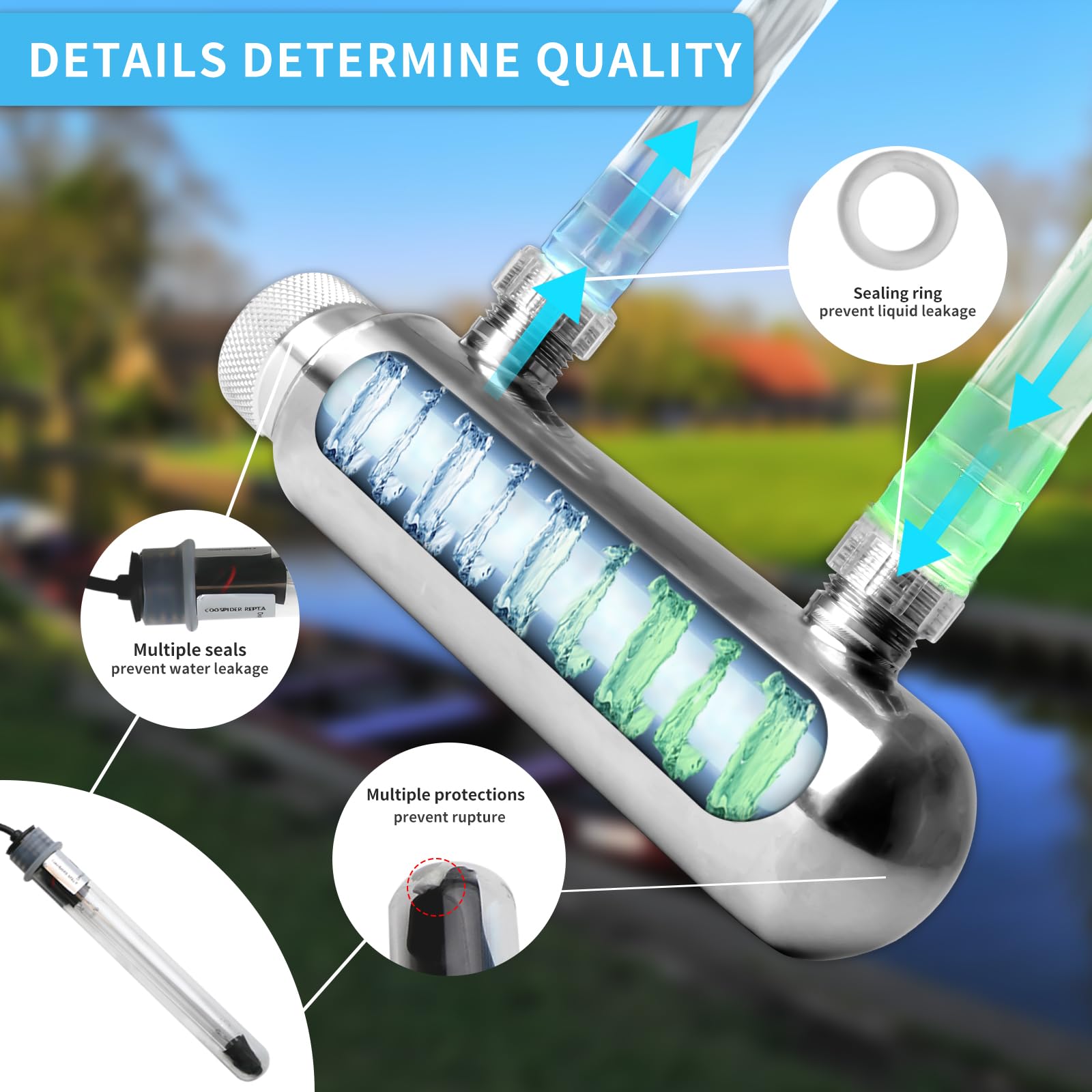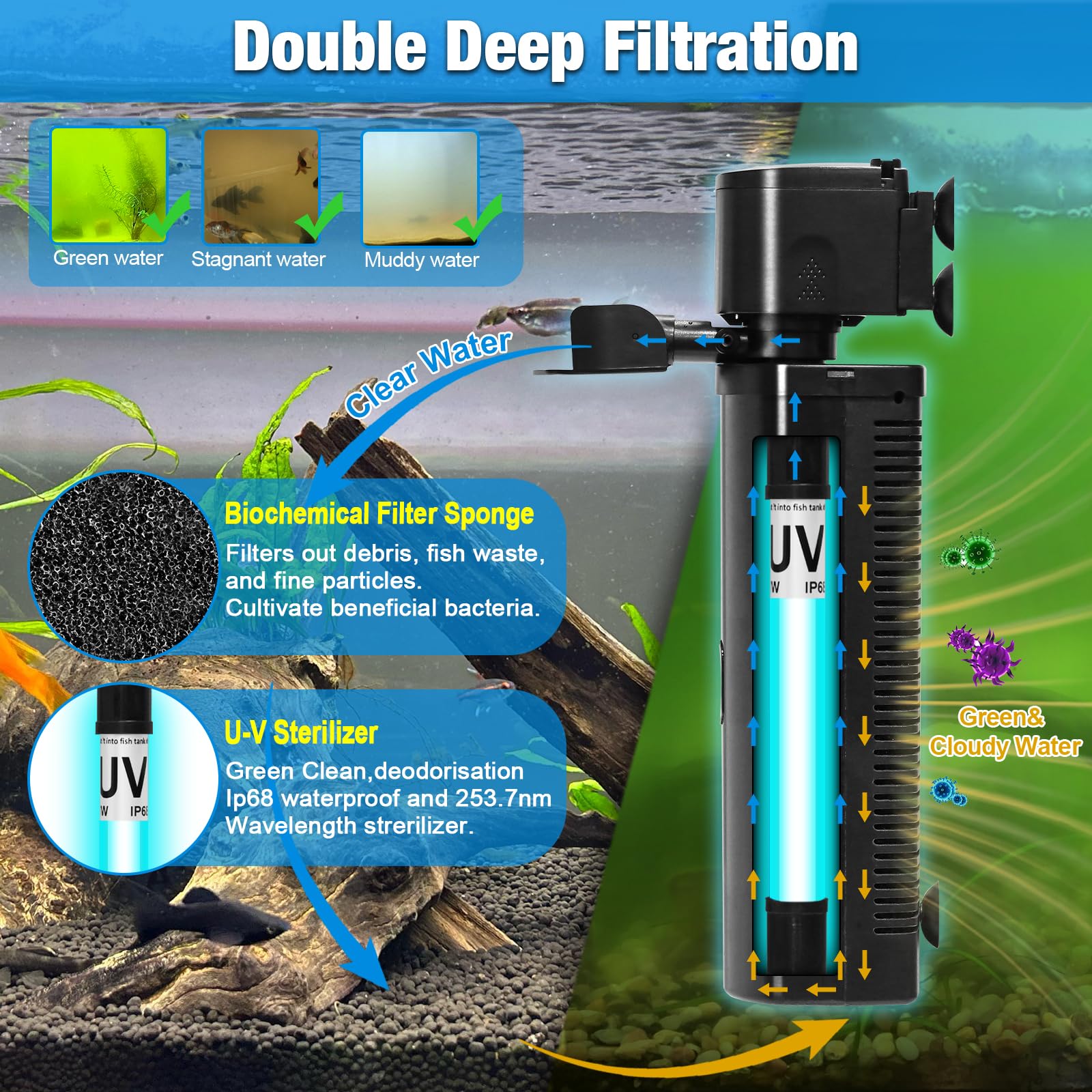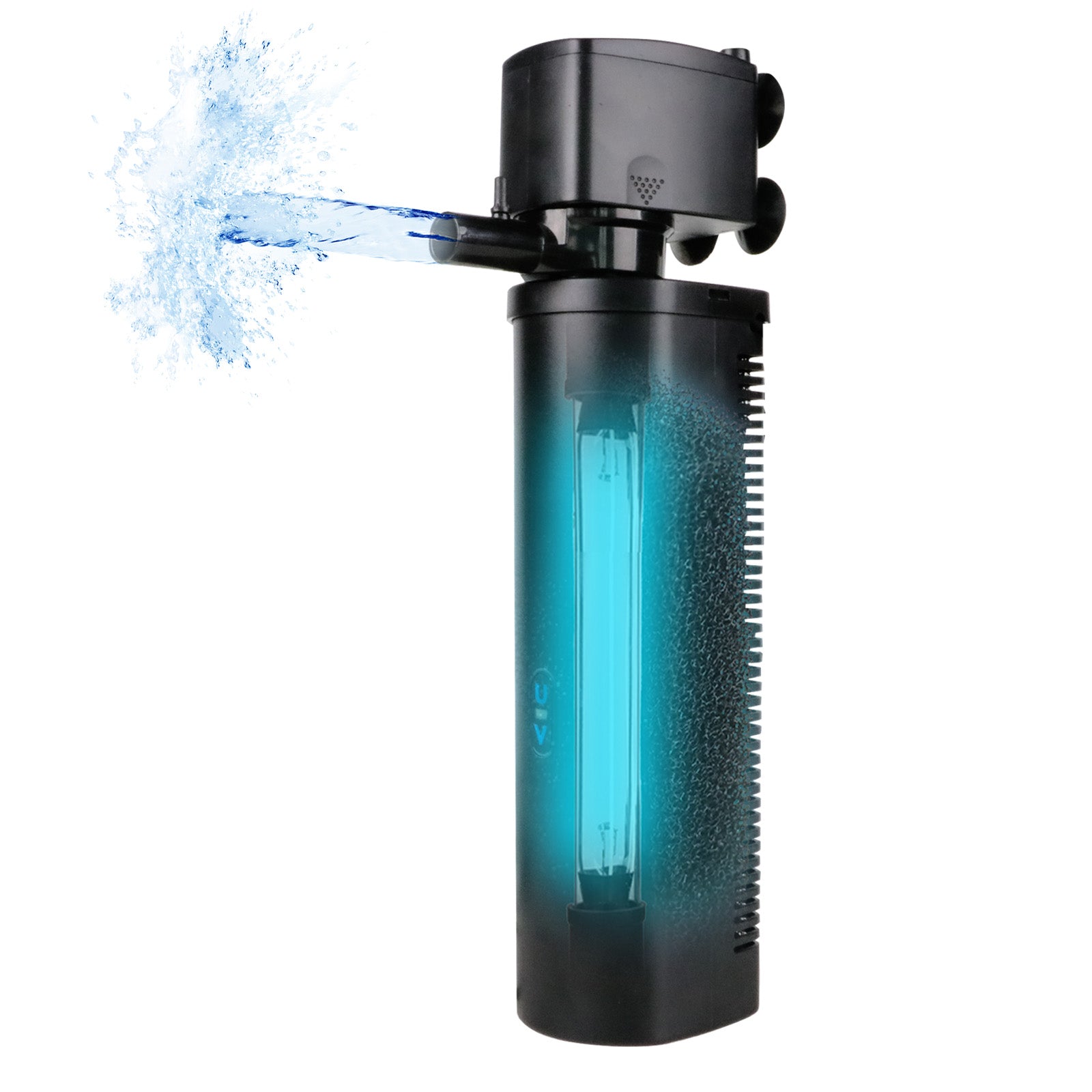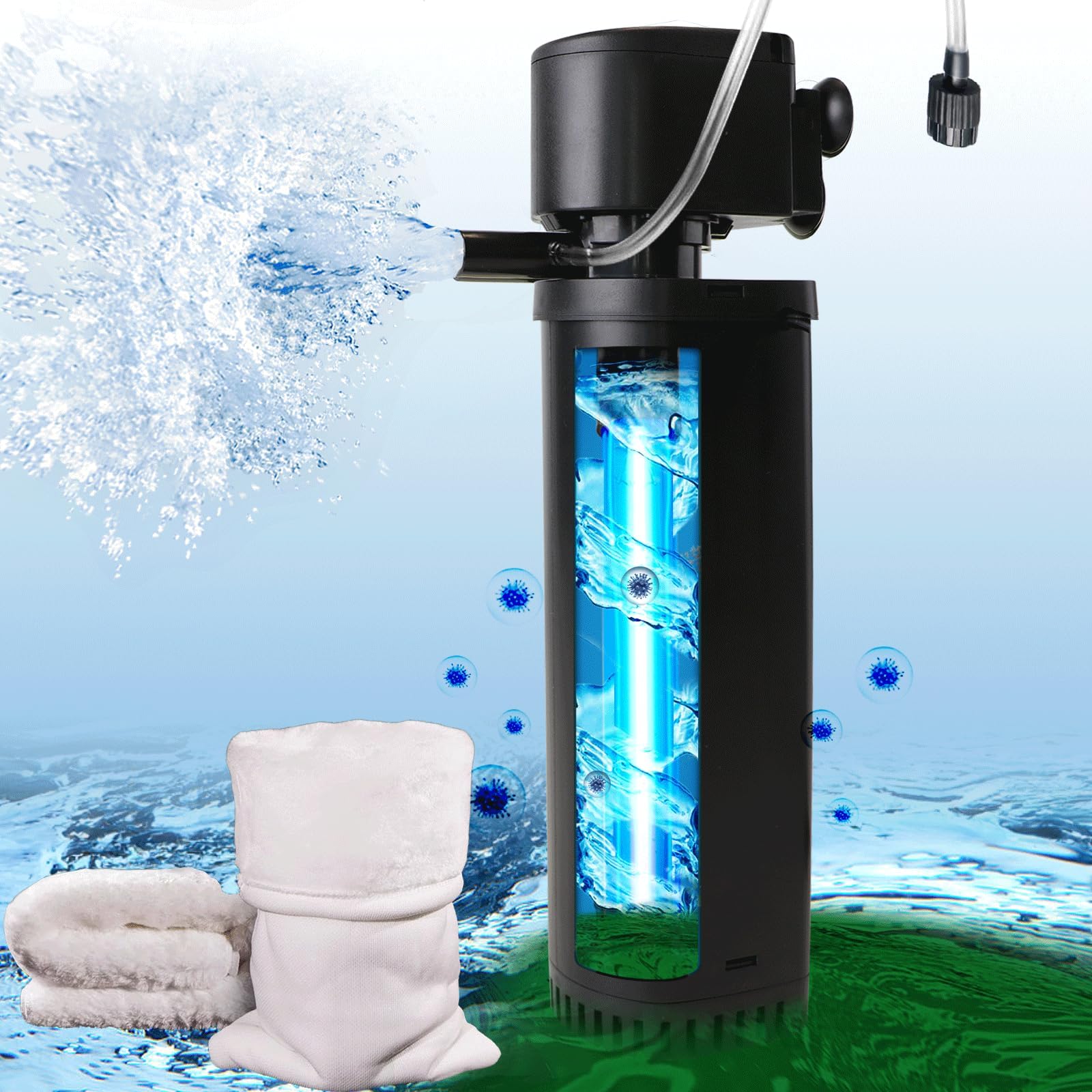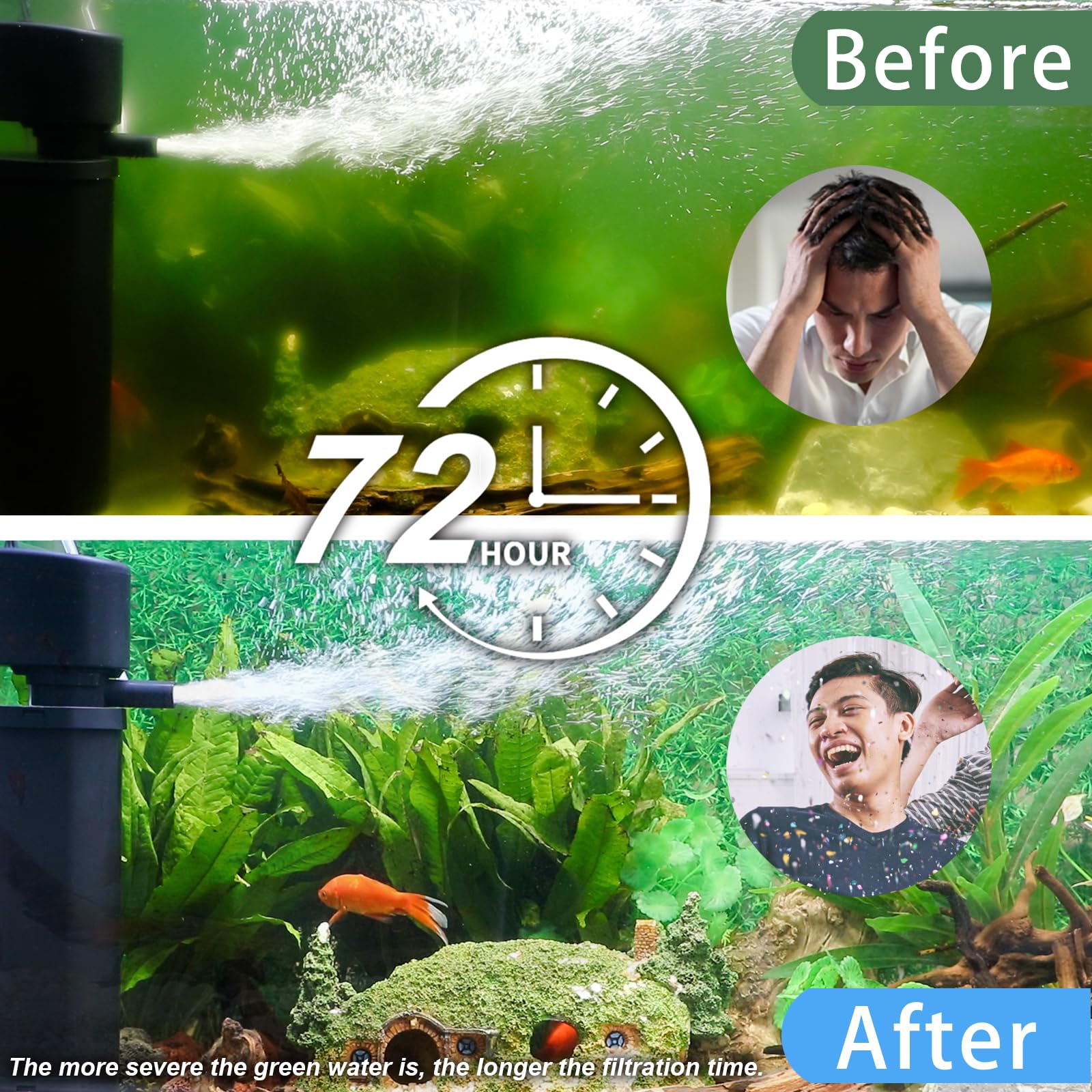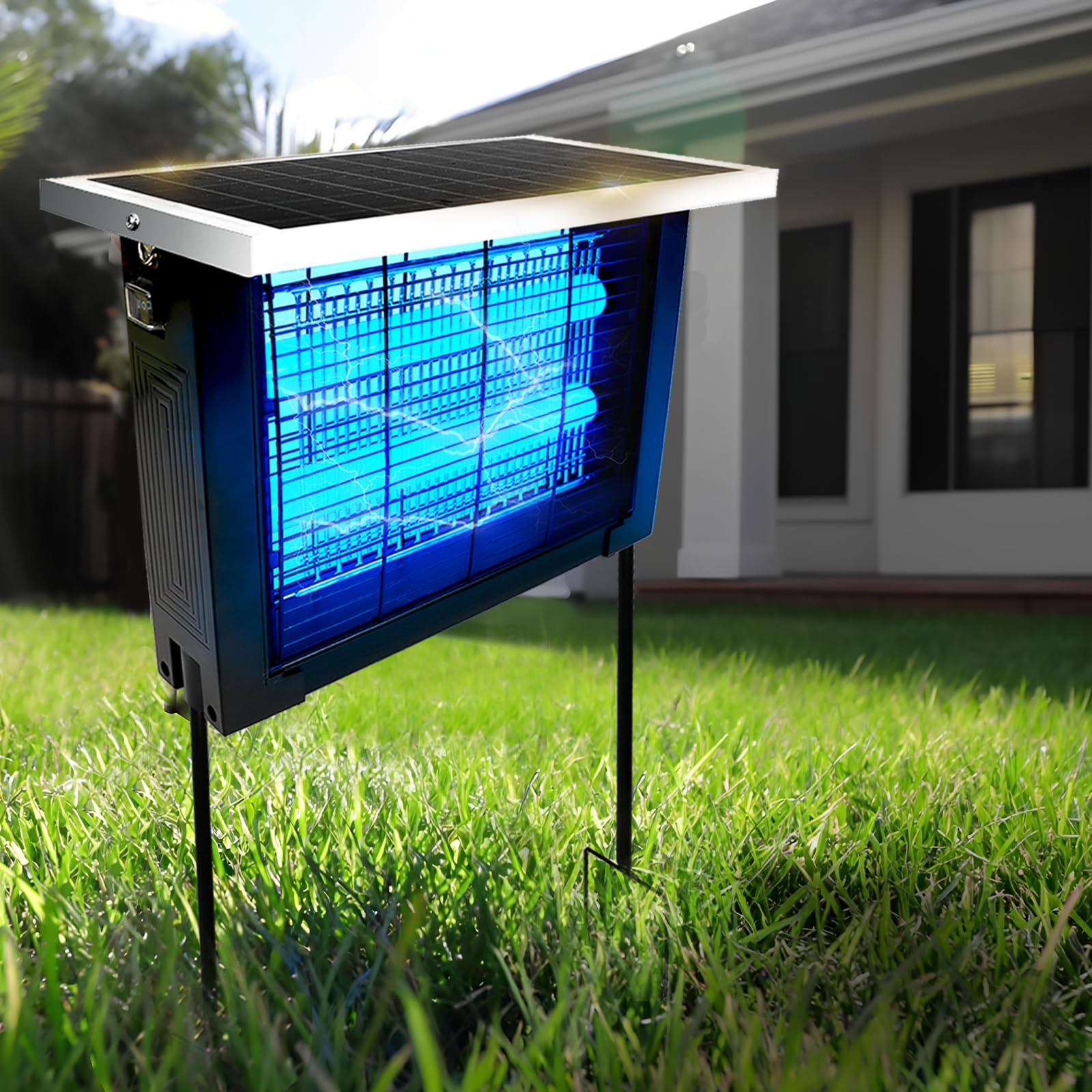Few hobbies are as peaceful, colorful, and deeply satisfying as koi fish breeding. Watching these living jewels glide through clear water is like witnessing a moving artwork. But behind that beauty lies knowledge, patience, and years of practice.
Whether you dream of building a small backyard pond or establishing a professional koi farm, every koi keeper begins the same way — with curiosity and a love for these remarkable fish.
This comprehensive guide will take you from zero experience to advanced koi breeding knowledge, step by step. You’ll learn about koi origins, pond design, feeding, genetics, breeding techniques, health management, and expert-level care.
Let’s dive in and start your journey from beginner to koi master.
1. Understanding the Beauty and History of Koi
Koi (Cyprinus rubrofuscus) are ornamental varieties of the common carp, first bred in Japan over 200 years ago. What began as simple color mutations in rice paddies evolved into one of the world’s most refined aquatic arts.
In Japan, koi represent luck, perseverance, and prosperity — a cultural symbol so powerful that some varieties are worth tens of thousands of dollars.
1.1 The Spirit of Koi
Each koi is unique — not just in color or pattern, but in personality. Their graceful movements, calm demeanor, and ability to live for decades make them living companions rather than simple pets.
1.2 Popular Varieties
Here are some famous koi breeds every enthusiast should know:
-
Kohaku: White body with red (hi) patterns — elegant and classic.
-
Sanke (Taisho Sanke): White body with red and black markings.
-
Showa (Showa Sanshoku): Black base with red and white markings.
-
Ogons: Single-colored metallic koi (gold, platinum, orange).
-
Asagi: Blue-gray net-like scales with red undersides.
-
Bekko: White, red, or yellow koi with black markings.
Each type represents a different breeding goal — from clean, minimalistic elegance to bold, dramatic contrast.
2. Getting Started: Planning Your First Koi Pond
Every successful koi breeder begins with the right environment. You can’t raise champion koi in poor conditions, no matter how expensive the fish.
2.1 Pond Size and Design
Koi need space — both for swimming and for maintaining stable water quality.
Minimum size for beginners:
-
Volume: 3,000–5,000 liters (about 800–1,300 gallons)
-
Depth: At least 1.2 meters (4 feet)
-
Shape: Rounded corners and sloped bottom for easy cleaning
As you progress, you can expand to larger ponds (10,000 liters or more) with separate breeding and quarantine areas.
2.2 Filtration and Water Circulation
Koi are heavy waste producers, so strong filtration is non-negotiable. A proper setup includes:
-
Mechanical filter: Removes solid debris (feces, uneaten food).
-
Biological filter: Converts ammonia → nitrite → nitrate through beneficial bacteria.
-
UV sterilizer: Controls algae and pathogens.
-
Air pump: Increases oxygenation.
Tip: Always design your pond with bottom drains and surface skimmers for efficient water flow.
2.3 Location and Sunlight
Place your pond in a partially shaded area — koi need sunlight for color development, but too much heat can lead to oxygen depletion or algae blooms.
2.4 Safety and Aesthetics
Add smooth pond edges, secure nets (to protect from herons or cats), and aesthetic elements like stones or aquatic plants.
A beautiful pond attracts admiration — and provides a stress-free environment for your koi.
3. Choosing Your First Koi Fish
Buying koi is exciting — but also a common beginner trap. Many new breeders rush to buy too many fish, too fast.
3.1 Start Small, Grow Wisely
Begin with 5–10 healthy juveniles (10–15 cm). Focus on learning water care and feeding before scaling up.
3.2 What to Look For in Healthy Koi
-
Bright, even coloration
-
Smooth, shiny scales
-
Clear, alert eyes
-
Active swimming behavior
-
No visible ulcers, torn fins, or mucus patches
Ask breeders if their koi are quarantined and disease-free (especially from koi herpes virus — KHV).
3.3 The Importance of Bloodlines
If you aim for long-term breeding success, buy koi from reputable breeders with strong bloodlines (e.g., Japanese farms like Dainichi, Sakai, or Momotaro).
Good genetics means better growth, color stability, and overall health.
4. Water Quality: The Foundation of Success
In koi keeping, water quality equals fish quality. You’re not raising fish — you’re managing water.
4.1 Key Water Parameters
| Parameter | Ideal Range | Notes |
|---|---|---|
| Temperature | 20–26°C (68–79°F) | Stable is better than warm |
| pH | 7.0–8.2 | Avoid sudden swings |
| Ammonia (NH3) | 0 ppm | Toxic even in small amounts |
| Nitrite (NO2) | 0 ppm | Highly toxic |
| Nitrate (NO3) | < 40 ppm | Tolerable but should be low |
| Dissolved Oxygen | > 6 mg/L | Aerate heavily in summer |
Test weekly using reliable water kits.
4.2 Water Changes
Change 10–20% of water weekly to remove nitrates and replenish minerals. Always dechlorinate tap water before adding it to the pond.
4.3 The Role of Beneficial Bacteria
A new pond needs biological maturation — the nitrogen cycle takes 4–6 weeks to establish. Avoid adding many koi too early, or ammonia spikes may occur.
You can speed up cycling with bacterial starters or seeding from an established filter.
5. Feeding and Nutrition: The Art of Growth
Feeding koi is both science and art. Overfeeding can cause water pollution; underfeeding limits growth and color development.
5.1 Feed Quality
Use premium koi pellets with balanced protein, fat, and vitamins. Check for ingredients like fish meal, spirulina, and wheat germ.
5.2 Feeding by Season
| Season | Temperature | Feeding Frequency | Notes |
|---|---|---|---|
| Spring | 15–20°C | 1–2x daily | Light protein to restart digestion |
| Summer | 20–28°C | 2–4x daily | Growth phase — more frequent feeding |
| Fall | 15–20°C | 1–2x daily | Reduce quantity gradually |
| Winter | < 10°C | Stop feeding | Koi metabolism slows down |
5.3 Color-Enhancing Diets
For show koi, color-enhancing diets rich in spirulina, krill, and astaxanthin intensify red and gold pigments.
However, too much can cause uneven coloration — balance is key.
6. Breeding Koi: Turning Hobby into Mastery
Once you’ve mastered pond management, it’s time for the exciting stage — breeding your own koi.
6.1 Breeding Season
Koi breed in late spring or early summer when water temperatures reach 20–25°C.
6.2 Setting Up the Breeding Pond
-
Separate pond (at least 1,000 gallons).
-
Shallow depth (0.5–1 meter).
-
Spawning brushes or ropes for eggs.
-
Gentle water flow and aeration.
6.3 Selecting Parent Fish (Broodstock)
-
Age: 3–5 years for optimal fertility.
-
Health: No deformities or infections.
-
Type: Match varieties (e.g., Kohaku × Kohaku).
Pairing unrelated, high-quality koi increases the chance of desirable offspring.
6.4 Spawning and Egg Care
The female releases eggs while males fertilize them. Remove parents afterward — they might eat the eggs.
Eggs hatch in 3–5 days. Fry should be fed infusoria or liquid fry food, then gradually upgraded to fine pellets or baby brine shrimp.
6.5 Selective Culling
A single spawning can produce tens of thousands of fry — but only a few have perfect color and form.
Professional breeders cull fry several times:
-
First cull (2–4 weeks): remove deformities.
-
Second cull (1–2 months): select for pattern clarity.
-
Third cull (3–6 months): keep only top-quality juveniles.
This is where koi breeding becomes an art of selection — patience and a sharp eye are everything.
7. Health Management: Preventing Disease and Stress
Even the most beautiful koi can suffer without proper care.
7.1 Quarantine New Fish
Always quarantine new arrivals for at least 2–3 weeks before adding them to the main pond.
7.2 Common Diseases
| Disease | Cause | Symptoms | Treatment |
|---|---|---|---|
| Ich (White Spot) | Parasite | White dots on skin | Salt bath, raise temp |
| Fin Rot | Bacteria | Frayed fins | Antibiotic treatment |
| KHV | Virus | Lethargy, gill damage | No cure — isolate infected |
| Dropsy | Bacteria | Swollen body | Antibiotics, water improvement |
Prevention is easier than cure: maintain excellent water quality and reduce stress.
8. Color, Pattern, and Growth Development
8.1 Color Enhancement
Sunlight, genetics, and diet all affect color vibrancy. Avoid overexposure to direct sun (causes fading).
8.2 Growth Potential
A healthy koi can grow 60–90 cm (24–36 inches) in optimal conditions.
Key factors:
-
Water temperature stability
-
High-quality diet
-
Low stocking density
-
Regular water renewal
8.3 Grooming for Shows
Show koi are trained like athletes. Keep them in clear, clean ponds with bright lighting and perfect symmetry in fins and scales.
Before competition, breeders often isolate top koi for conditioning and inspection.
9. Advanced Techniques for Experienced Breeders
When you’ve mastered the basics, it’s time to fine-tune your operation.
9.1 Genetic Pairing
Advanced breeders record parent combinations to predict offspring traits. For example, Kohaku × Sanke can produce interesting mixed patterns.
9.2 Controlled Temperature Breeding
Using heaters or chillers allows year-round spawning — a strategy used by professional farms.
9.3 Artificial Insemination
For precise breeding, eggs and milt can be manually collected and mixed to ensure high fertilization rates.
9.4 Crossbreeding and Line Improvement
Some breeders mix bloodlines to enhance color depth, pattern clarity, or disease resistance — but this requires years of careful observation.
10. Common Mistakes Beginners Should Avoid
-
Overfeeding – Causes ammonia spikes and algae blooms.
-
Overstocking – Too many fish = poor water quality.
-
Skipping quarantine – Leads to disease outbreaks.
-
Inconsistent maintenance – Water changes are essential.
-
Chasing color too early – Koi color evolves with age; be patient.
-
Buying from unreliable sources – Cheap fish often carry parasites.
Patience is the koi keeper’s most valuable tool.
11. Building a Sustainable Koi Breeding Operation
If you decide to turn your passion into a business, focus on quality over quantity.
11.1 Branding and Reputation
Buyers pay for trust. Consistent quality, clean facilities, and transparency about genetics make your name valuable.
11.2 Marketing Channels
-
Online platforms and koi forums
-
Local garden or pet expos
-
Partnerships with pond designers or landscapers
Show your koi through high-quality photography and video — presentation matters.
11.3 Export and Legal Regulations
If selling internationally, follow local wildlife export laws and obtain health certifications. Many countries require disease-free guarantees.
12. The Philosophy of Koi Keeping
Raising koi is more than a technical pursuit — it’s a lifestyle.
Japanese koi masters often describe it as “the art of time.” Every feeding, water change, and breeding season teaches patience and mindfulness.
As you progress from beginner to expert, you’ll find that koi breeding reflects life itself: constant learning, adaptation, and respect for nature’s balance.
13. Your Roadmap to Mastery
| Stage | Focus | Goal |
|---|---|---|
| Beginner | Pond setup, water basics | Keep koi healthy and growing |
| Intermediate | Feeding, filtration, disease prevention | Stable, vibrant fish |
| Advanced | Breeding, selection, genetics | Produce show-quality koi |
| Expert | Farm management, export, mentorship | Share knowledge and culture |
Every koi you raise becomes part of your story — and your progress as a breeder.
Conclusion: The Endless Journey of Koi
From the first pond to your first spawn, the road to becoming a koi expert is filled with joy, challenge, and discovery.
There’s always something new to learn — about biology, design, water chemistry, or the subtle art of appreciating koi patterns.
What begins as a hobby can grow into a lifelong passion, connecting you with a global community that celebrates beauty, harmony, and persistence — the essence of koi themselves.
So take your time, learn each step, and enjoy the peaceful rhythm of your pond.
Because in the end, koi keeping isn’t just about raising fish.
It’s about cultivating patience, balance, and artistry — one ripple at a time.


